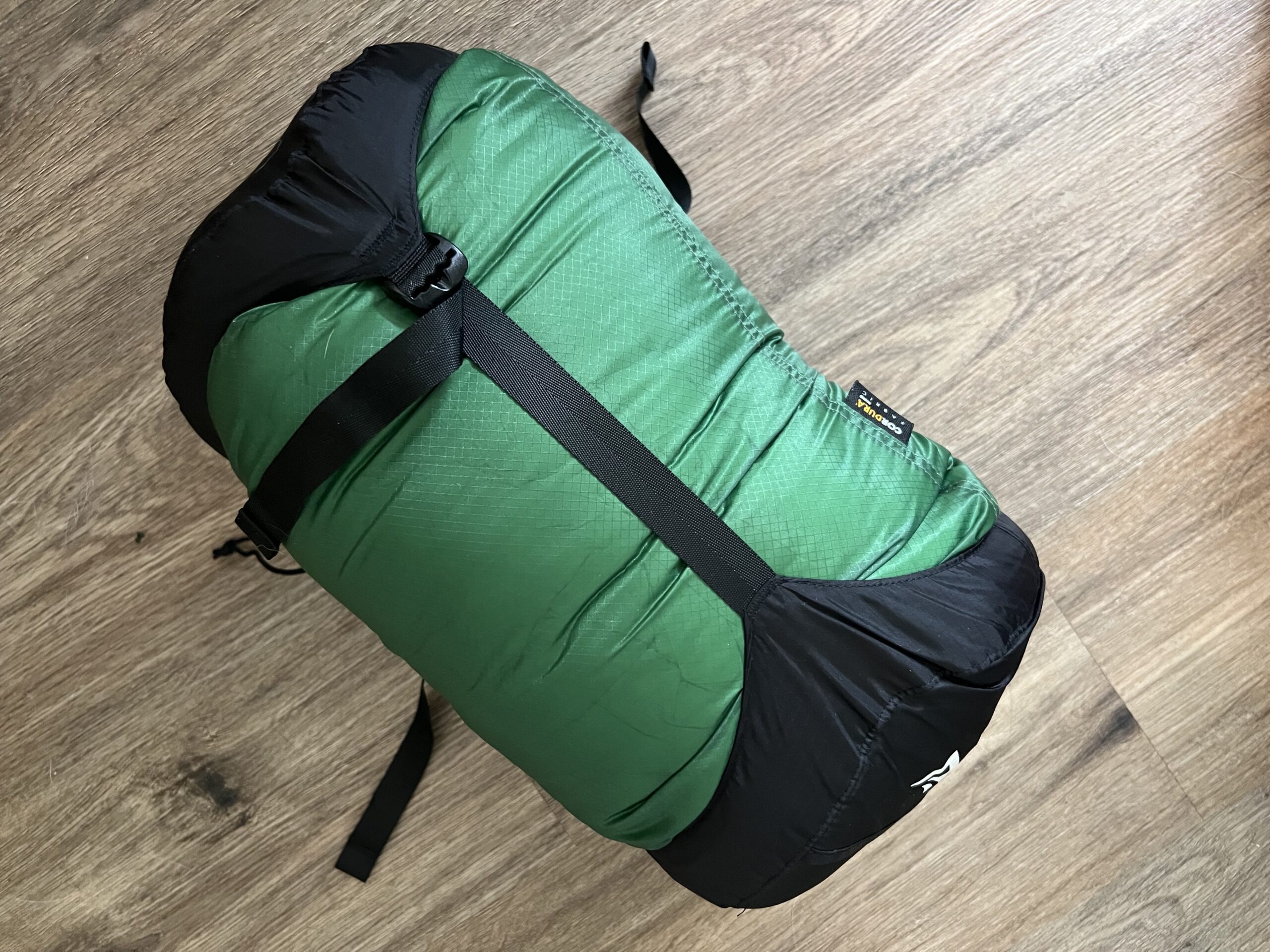Some gear is simple to maintain — pack it up, put in a cool, dry place, set it and forget it, and it’ll be ready when you need it. But some gear — in fact, most gear — requires at least a modicum of TLC. Tents should be shaken out and dried before being rolled up (with all the poles and stakes) and stowed. Folding knives should be wiped clean and oiled, even taken apart and carefully reassembled from time to time.
But there’s one piece of gear that receives the heaviest use and, too often, the least amount of proper, basic care. Your sleeping bag will last many years if treated right. But the insulation inside, be it down or synthetic, can be damaged if incorrectly stored.
You can add years to the lifespan of your favorite sleeping bag by properly putting it away, both between uses and for long periods of time, with these tips.
Compression Stuff Sacks
Both backpacking bags and heavier car camping sleeping bags often come with compression stuff sacks to help make them more packable for travel.

But that stuff sack isn’t designed to house your sleeping bag for the long term. To keep the loft (and thus the warmth of the air-trapping fibers), a sleeping bag should be stored at home outside of its compression stuff sack. Whenever your bag doesn’t have to be in it, let it breathe and unfurl.
When on a trip, soon after arriving at a campsite, un-stuff the bag and let its fibers loft inside the tent, ready for bed later that night.
Storage Bag = Happy Bag
Many modern bags come with both a stuff sack and a larger, looser, breathable storage bag. This should be your sleeping bag’s happy home when it’s not en route to or at the campsite. The storage bag is ideal for just that: Storage. The storage bag won’t compress or deform those precious insulating fibers over the long term.

Air It Out
Keep It Clean











